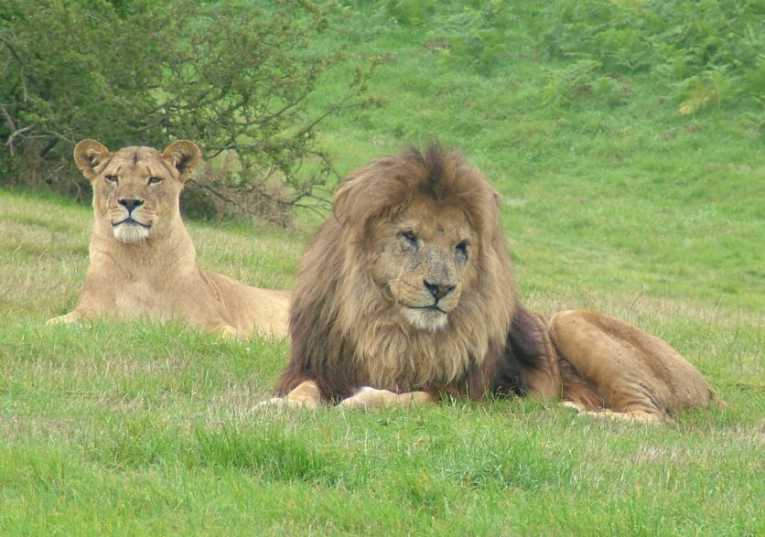Larger predators are significantly more vulnerable to changes to their environments brought about by shifting climates than smaller species, research has found.
Arguing that their findings could have important implications for global efforts to protect larger predatory animals, a team working at Durham University in England and the Zoological Society of London (ZSL) have reported that, due to the high energetic costs associated with being so large, the likes of the polar bear and the tiger could be hit the hardest by ongoing changes to the Earth's climate.
The research looked into how changes in prey population caused by over-hunting by humans or by natural habitat destruction tend to effect animals further up the food chain. Notably, the scientists found that larger predators such as bears, lions and tigers tend to suffer a five to six-fold greater decrease in relative abundance than smaller carnivores such as weasels, foxes and badgers when faced with a shortage of prey.
Writing up the team's findings in the Royal Society journal Biology Letters, Dr Chris Carbone, a senior research fellow at ZSL's Institute of Zoology explained that, while the robustness and large size of such apex predators serves as an advantage prey is abundant, when times are tough and prey is rare, this can serve as a major hindrance as they are required to exert relatively large amounts of energy to find their next meal.
"This study helps us to understand why large carnivores are particularly sensitive to environmental disturbance and why the protection and conservation of their habitat and, in particular, of their prey, are so important to global initiatives to save large carnivores in the wild," he noted.
These findings, the scientists say, highlight the need for more research to be carried out into the exact nature of relationships between predators, prey and the natural habitats in which they live, with a greater understanding into this likely to aid the carnivore conservation efforts of tomorrow.
On a more positive note, though this study suggests that larger species may be the most at-risk from environmental changes, it could be argued that they also get the lion's share of attention from the public, as well as from conservation groups and politicians.
Just this week, world leaders, conservation groups and celebrities including Leonardo DiCaprio and Naomi Campbell met in St Petersburg to pledge around $330 million to help protect the remaining population of wild tigers, believed to have been reduced to just 3,200 as a result of illegal poaching and the destruction of their habitats. Furthermore, the delegates at the summit, which was hosted by Russia's President Vladimir Putin, also signed up to the Global Tiger Recovery Programme, aimed at doubling the number of tigers living in the wild through a combination of expanding on existing reserves and providing poorer nations such as Bhutan and Laos with the financial help they need to protect the big cats.
But, perhaps above all, the St Petersburg meeting has helped highlight the role that such big, iconic animals play, and will continue to play, in bringing the growing threat of climate change and other environmental issues to the attention of world leaders and the public.
"The tiger has made the world realise that there is a crisis in nature taking place," Keshav Varma, the director of the Global Tiger Initiative at the World Bank, said.
Should, as this latest study from the British scientists suggests, animals such as the tiger and the polar bear start dying out as a result of habitat destruction over years ahead, it seems unlikely that any insect, frog or bird, no matter how exotic or vulnerable, would inspire actors, supermodels, politicians or the man on the street to be quite so passionate about conservation.
href="https://earthtimes.org/environment/bears/index.html">Bears









